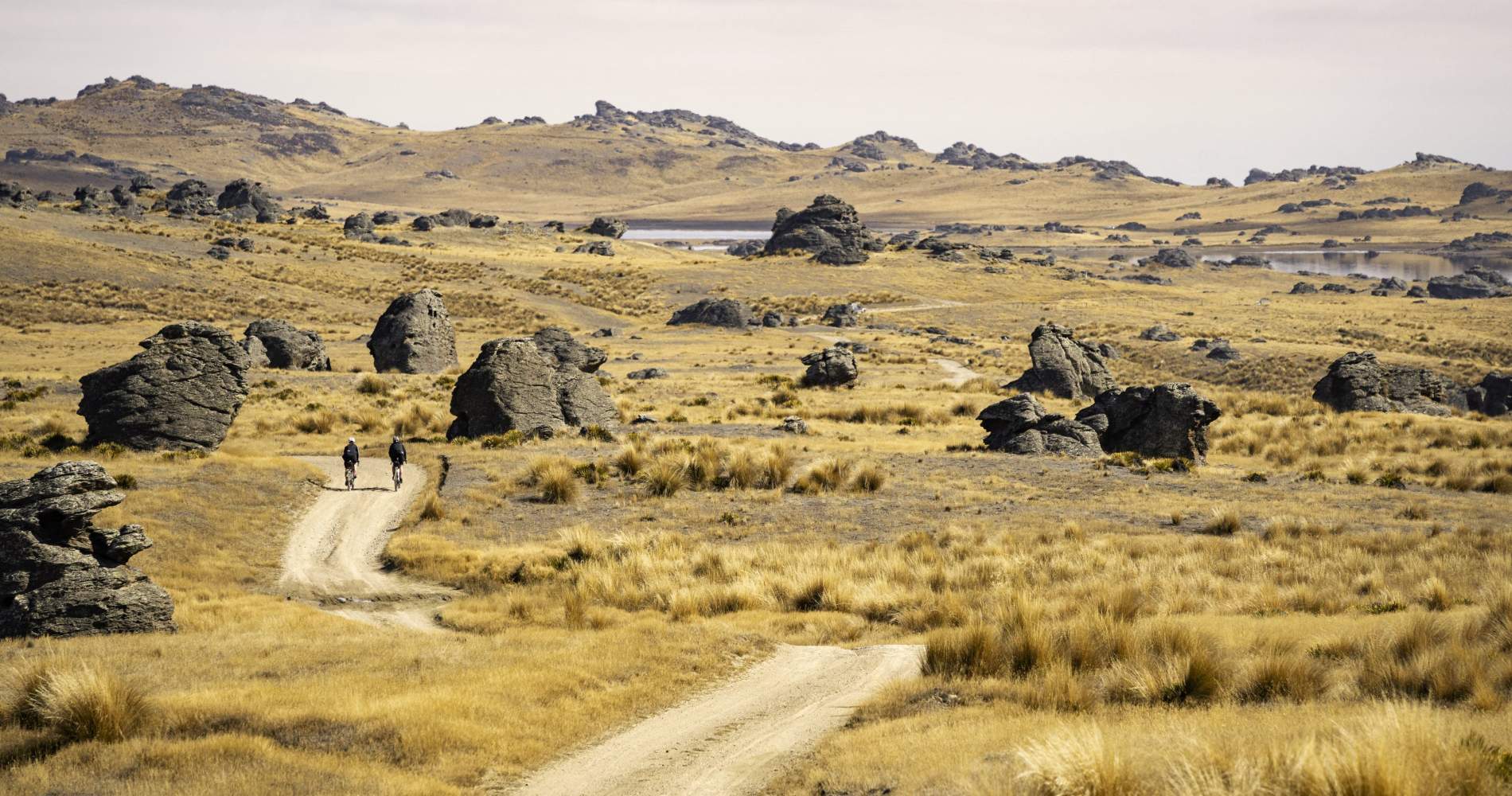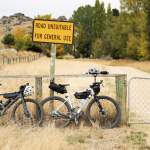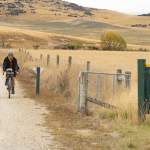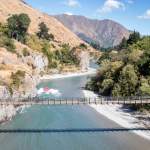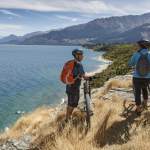
Gravel Biking: A Cycling Revolution
And how Otago is emerging as one of the world’s best gravel biking destinations
Depending on your current marital or financial status, then gravel biking is further validation of the n+1 rule of cycling. This refers to the axiom that the ideal number of bikes one should own is always one more than the number which you currently have.
The counterpoint, which nobody really likes to talk about, being the n-1 theory which suggests that the ideal number of bikes one should own is one less than the number which might cause significant problems in your personal life…
Photography by Cameron Mackenzie and Riley Mclay
courtesy of NZ Cycling Journal
Gravel biking, gravel grinding or a gravel bash, is one of the fastest growing disciplines in world cycling. It fills the niche between road cycling and mountain biking, offering a versatile riding experience. This flexibility to explore varied terrain also helps keep rides interesting and engaging.
Gravel bikes are designed to handle a variety of trail surfaces giving gravelleurs the freedom to traverse unsealed dirt roads, forest trails, 4WD farm tracks, and even some single-track trails. This diversity allows cyclists to explore some spectacular off-the-beaten-track environments. In the Otago region of New Zealand’s South Island, the well-developed bike infrastructure which supports a 500km network of Great Rides, complements opportunities for gravel biking perfectly with quiet backcountry roads providing access to unique rural and wilderness landscapes.
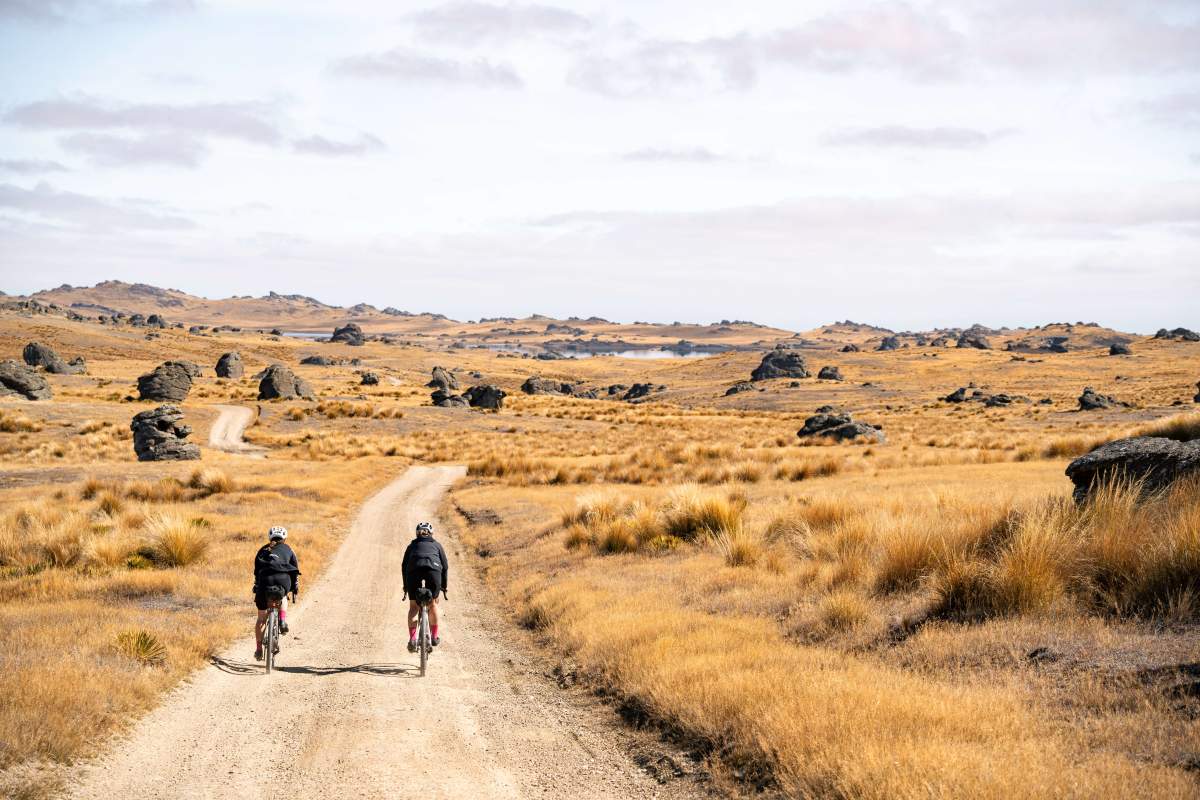
Otago has become regarded as one of the best places in the world for gravel biking.
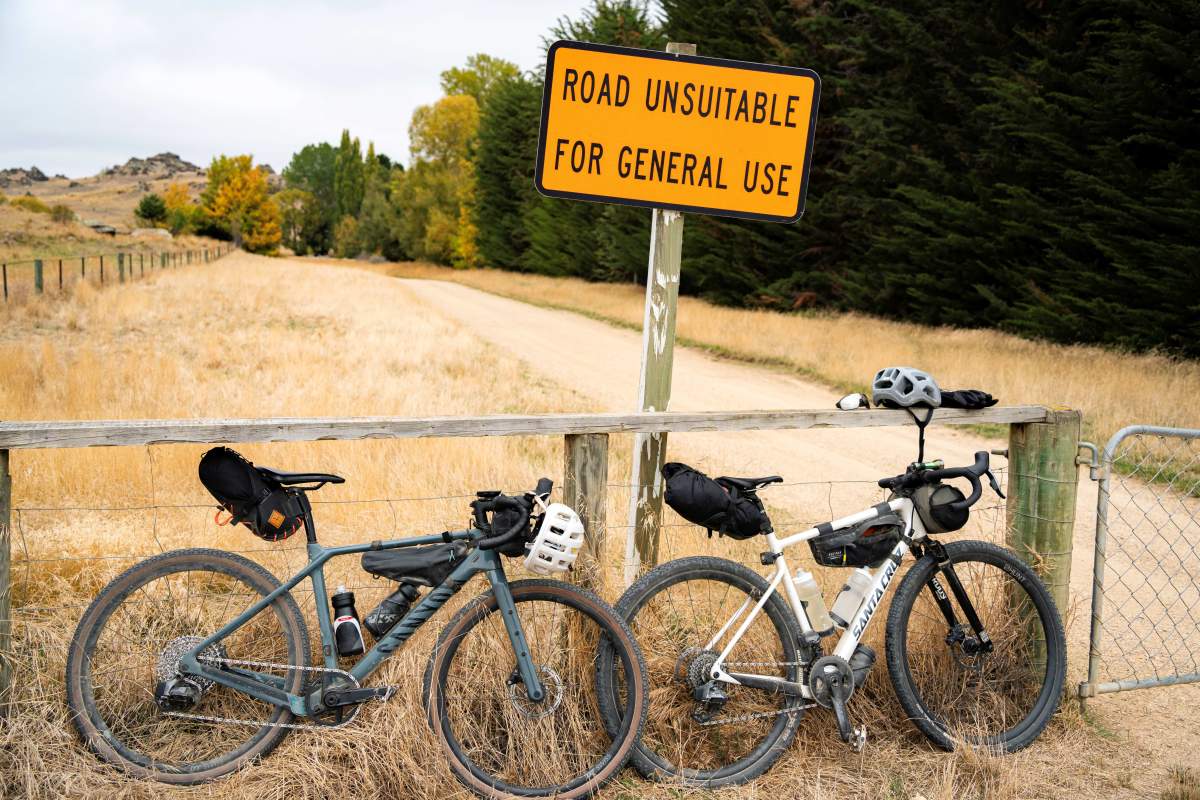
Gravel bikes offer the versatility to ride the road less travelled...
So, what are gravel bikes?
Compared to road bikes which are typically limited to smooth roads, gravel bikes are designed to handle a mix of surfaces. As well as being more versatile than road bikes, they often come with mounting points for racks, bags, and extra water bottles, making them better suited for bikepacking and long-distance touring.
Gravel bikes typically feature wider tyres than a road bike for increased traction, a more relaxed geometry with drop handlebars for comfort over long distances, disc brakes and more robust components to handle rougher conditions. Some even integrate a degree of suspension in the front fork or seat post, and of course there are e-bike options available.
Mountain bikes which excel in technical off-road conditions, are less efficient on paved surfaces due to their heavier weight, knobbly tyres, and suspension. Gravel bikes strike a balance, allowing for efficient riding on both gravel and pavement. Gravel bikes are generally faster and more efficient on mixed terrain compared to mountain bikes, as they have lighter frames and less aggressive tyre treads, making them more suitable for longer distances on mixed trail surfaces.
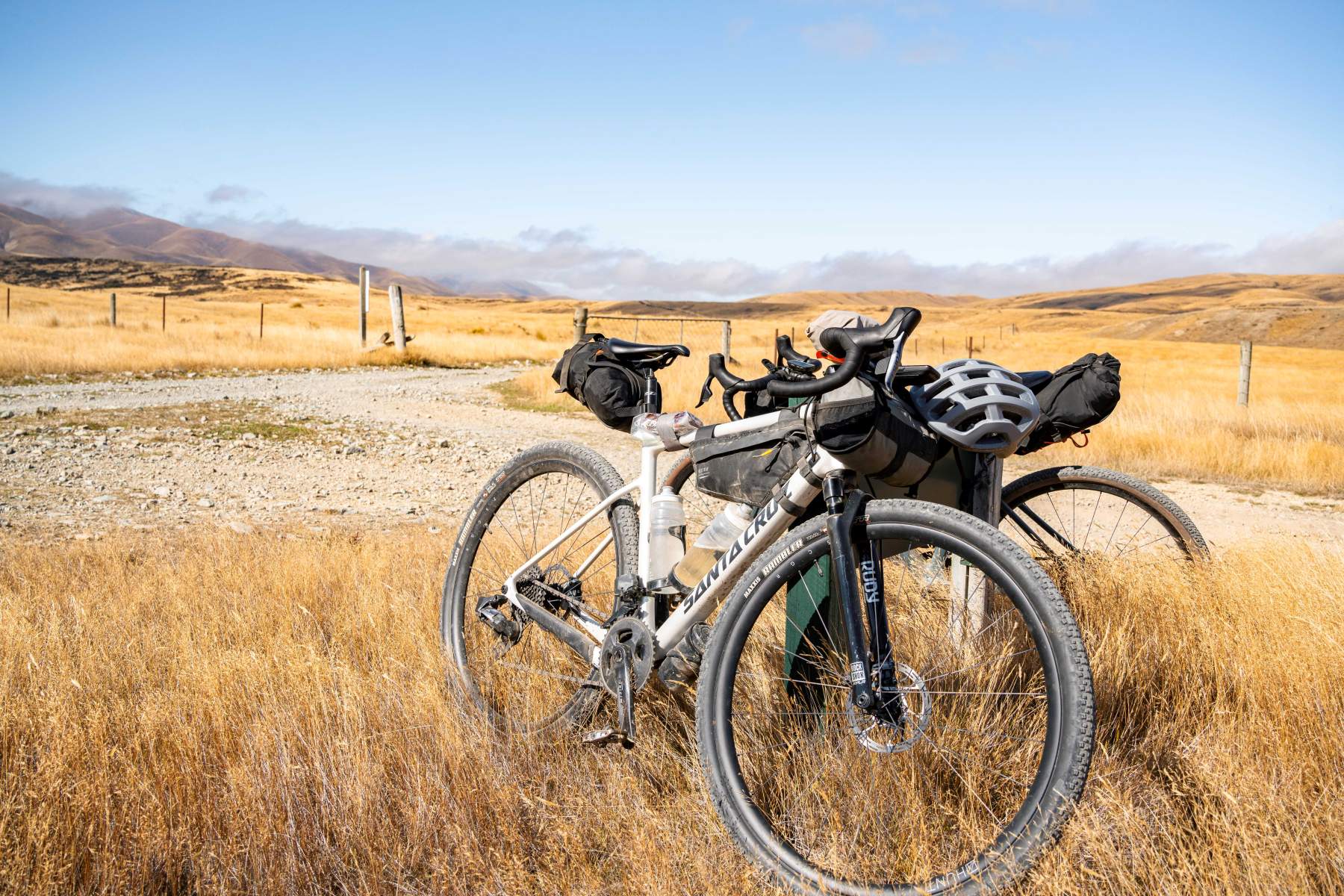
Gravel bikes often come with mounting points for bikepacking accessories, wide knobby tyres and disc brakes.
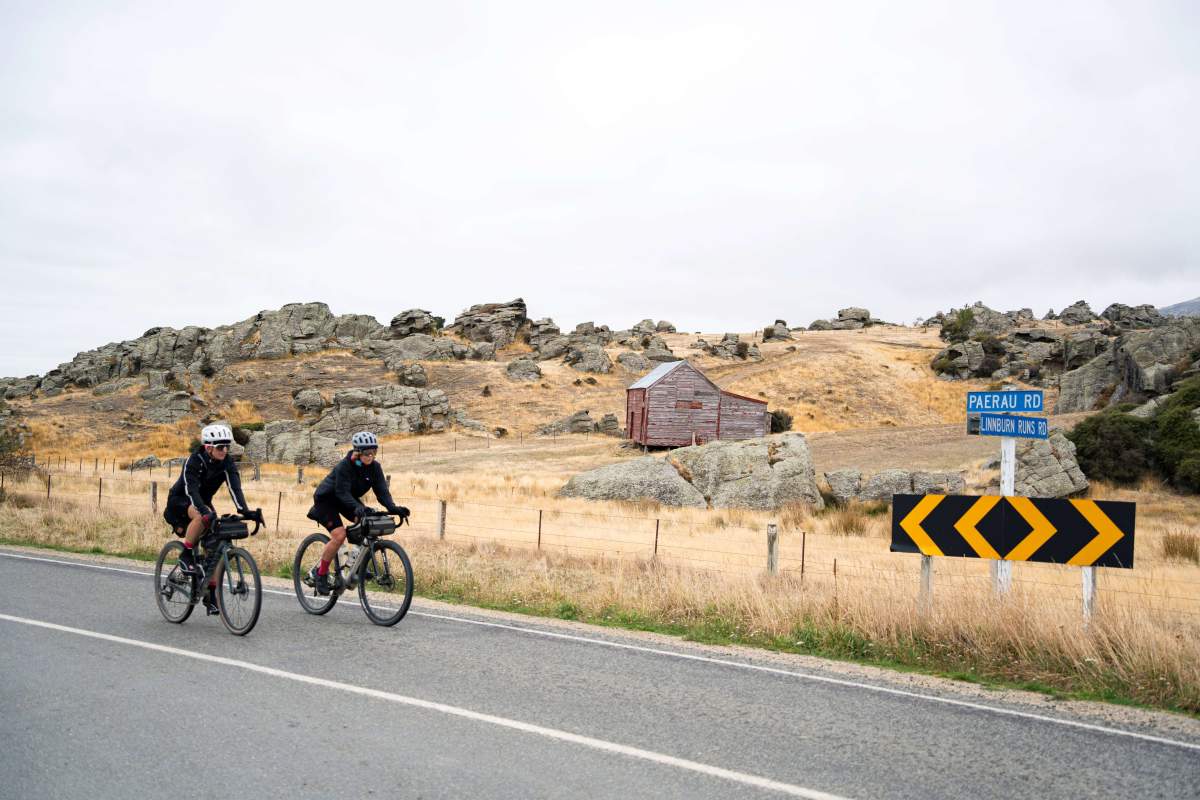
Gravel bikes are at home on sealed roads...
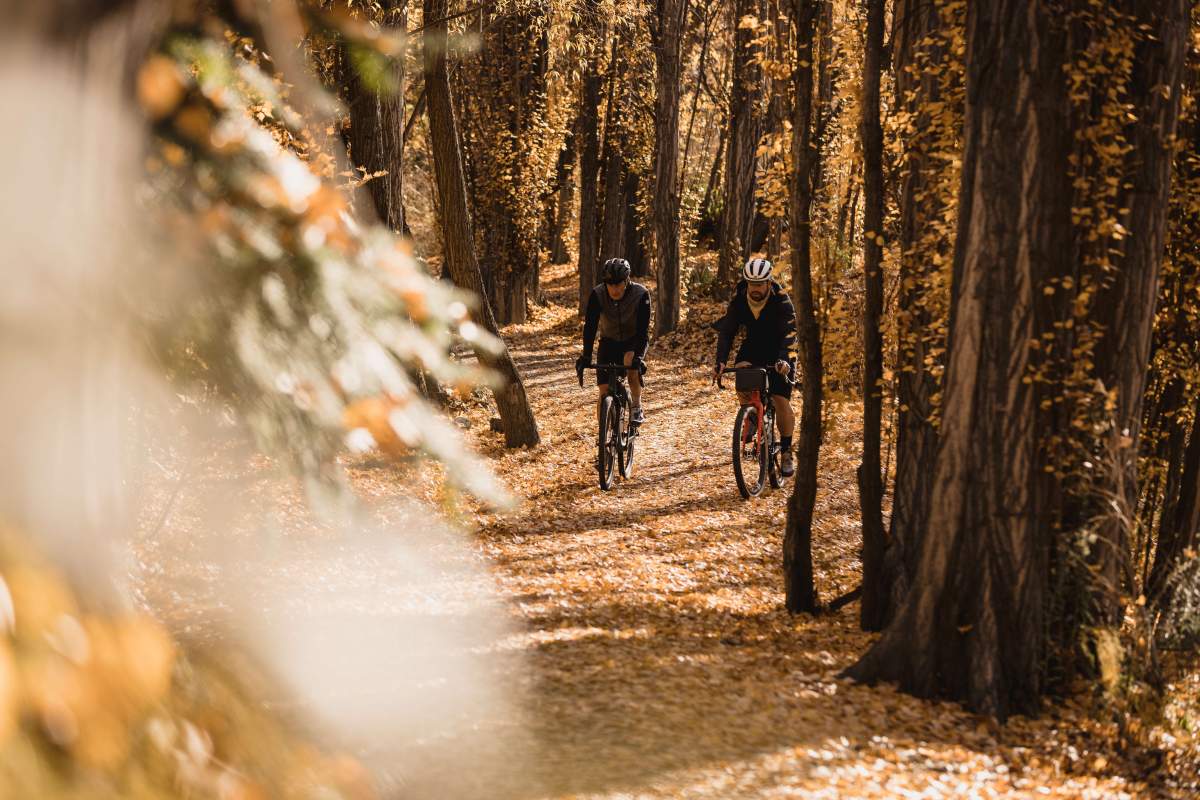
...as well as tracks like the Roxburgh Gorge Trail (pictured).
The growth and demand for gravel bikes has been such that most cycle manufacturers now have a gravel range, and bike tour companies are increasingly investing in fleets of gravel bikes for their clients to hire as well as developing specific gravel tours and itineraries. The growth of gravel biking has also led to a vibrant community of gravelleurs with a supporting calendar of events, which usually emphasise camaraderie and the shared experience over competition.
Compared to the snobbery – perceived or otherwise - of road biking with its strict rules, its own lexicon and folklore (if you’re unfamiliar with The Rules, the mantra of the Keepers of the Cog is an amusing read), gravel biking has evolved to embody a more free-spirited approach to riding and a relaxed vibe. In short, gravel biking is about enjoying the journey, discovering new places, and embracing the untamed nature of off-road cycling.
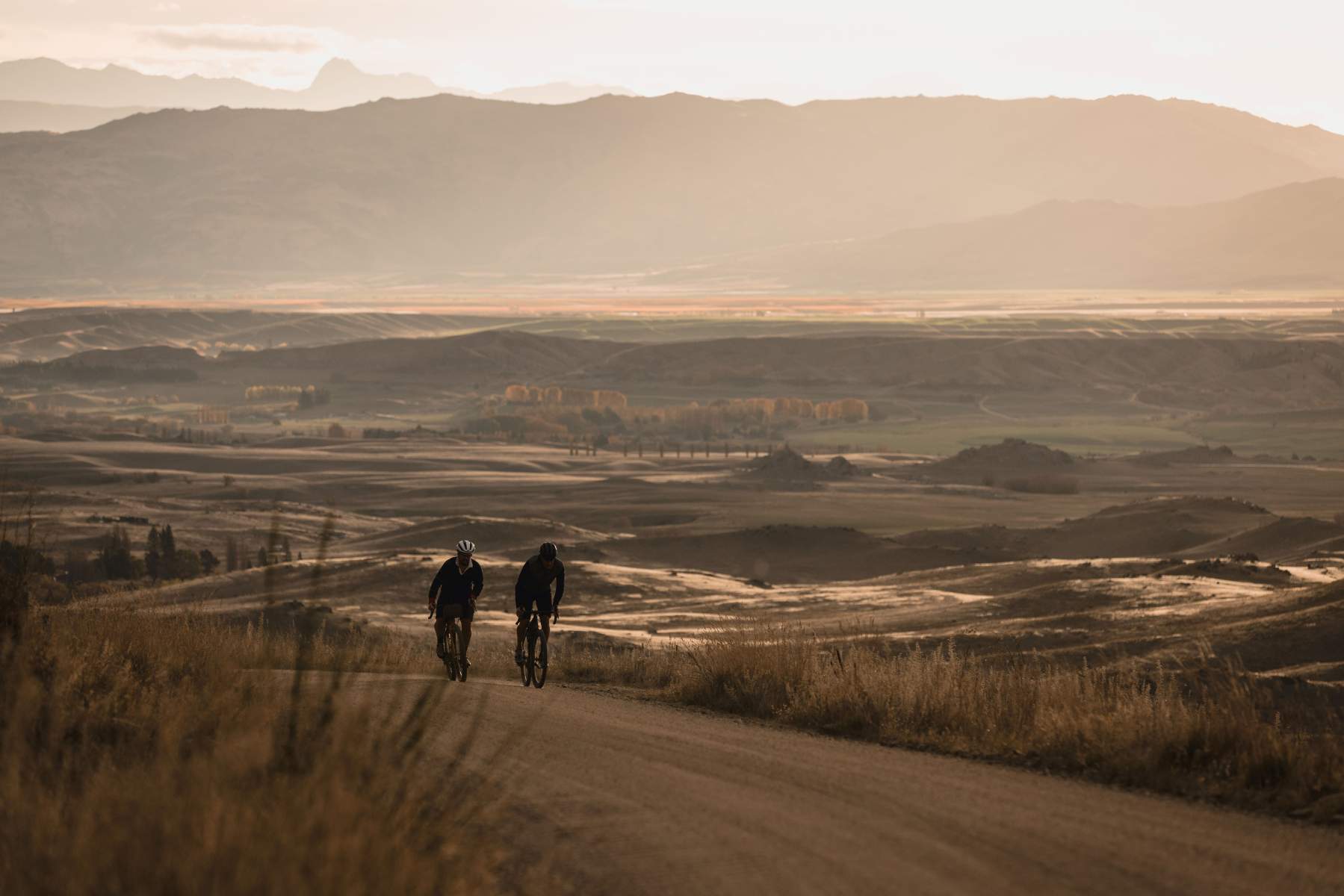
Otago has thousands of kilometres of gravel roads to explore traversing spectacular and varied landscapes.
Why is Otago considered one of the world's best gravel bike destinations?
Over the past 25-years, Otago has invested massively in a bike-friendly infrastructure. Beginning with the Otago Central Rail Trail, NZ’s original ‘Great Ride’ which opened in the year 2000, a network of over 500kms of purpose-built cycle trails has been developed and continues to grow. These trails are well serviced by the region’s Trail Towns and Otago’s small towns and rural communities are famous for their warm hospitality. Distances between Trail Towns are never too far meaning that riders are usually close to a good coffee and somewhere to fill up water bottles. Trail Towns serve up hearty local food, world-class wines, craft beers and a variety of accommodation to suit every style and budget.
The weather helps too. Central Otago's climate is well-suited to year-round cycling. Warm summers and crisp, dry winters mean that riders can enjoy gravel biking at any time of the year. The region's long daylight hours in summer are perfect for extended rides.
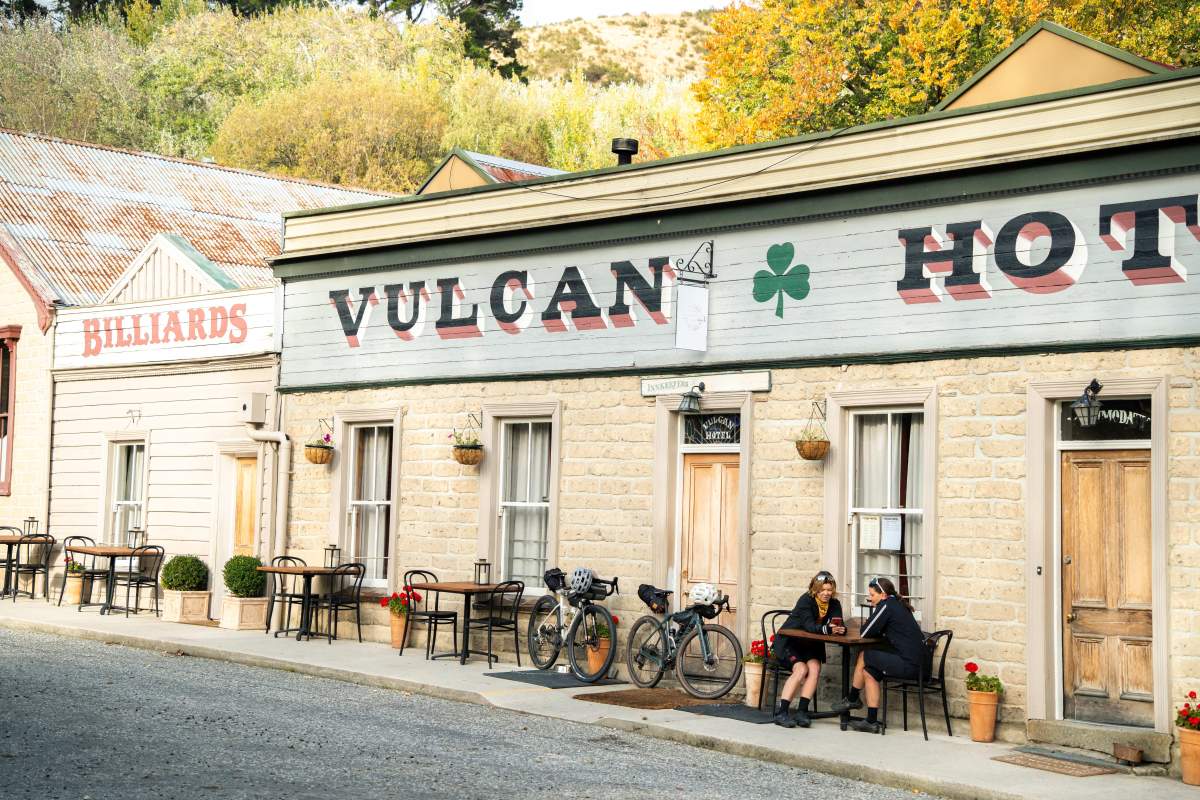
Cycling in Otago offers regular opportunities for refreshments at country pubs (Vulcan Hotel, St Bathans)...
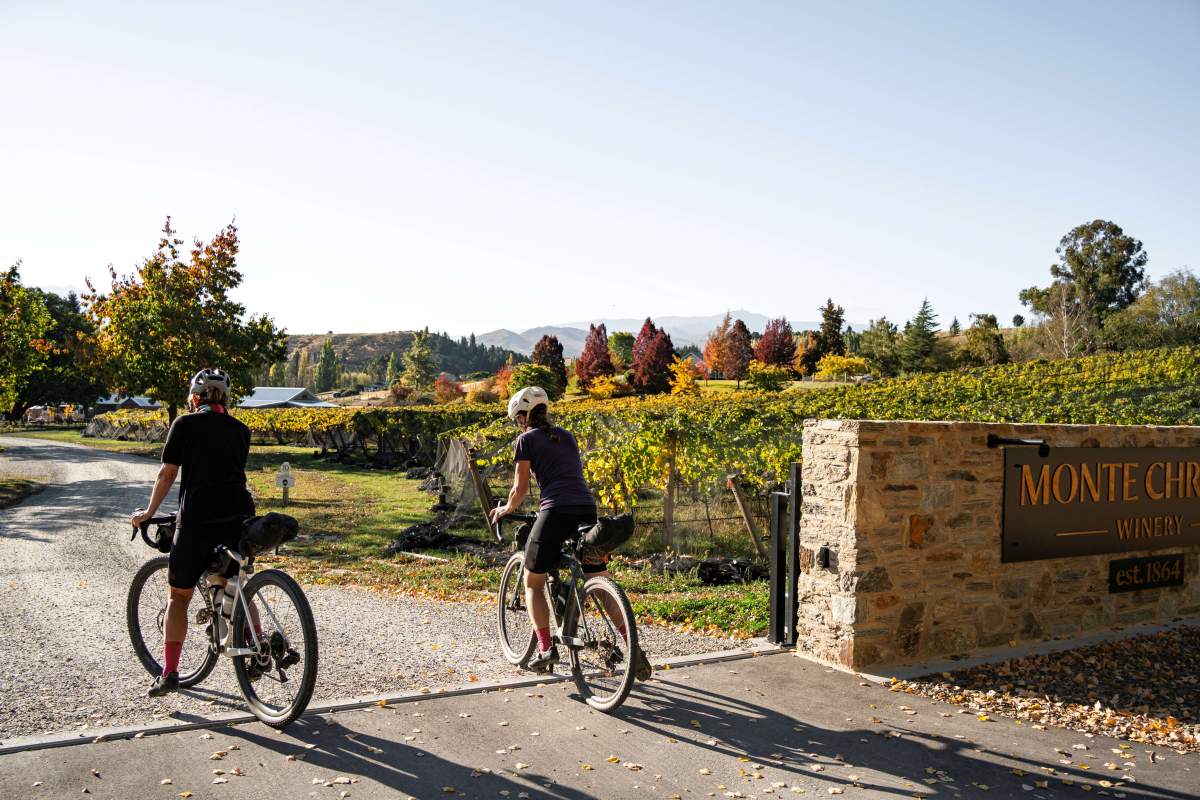
... or wineries such as Monte Christo Winery in Clyde on the Otago Central Rail Trail.
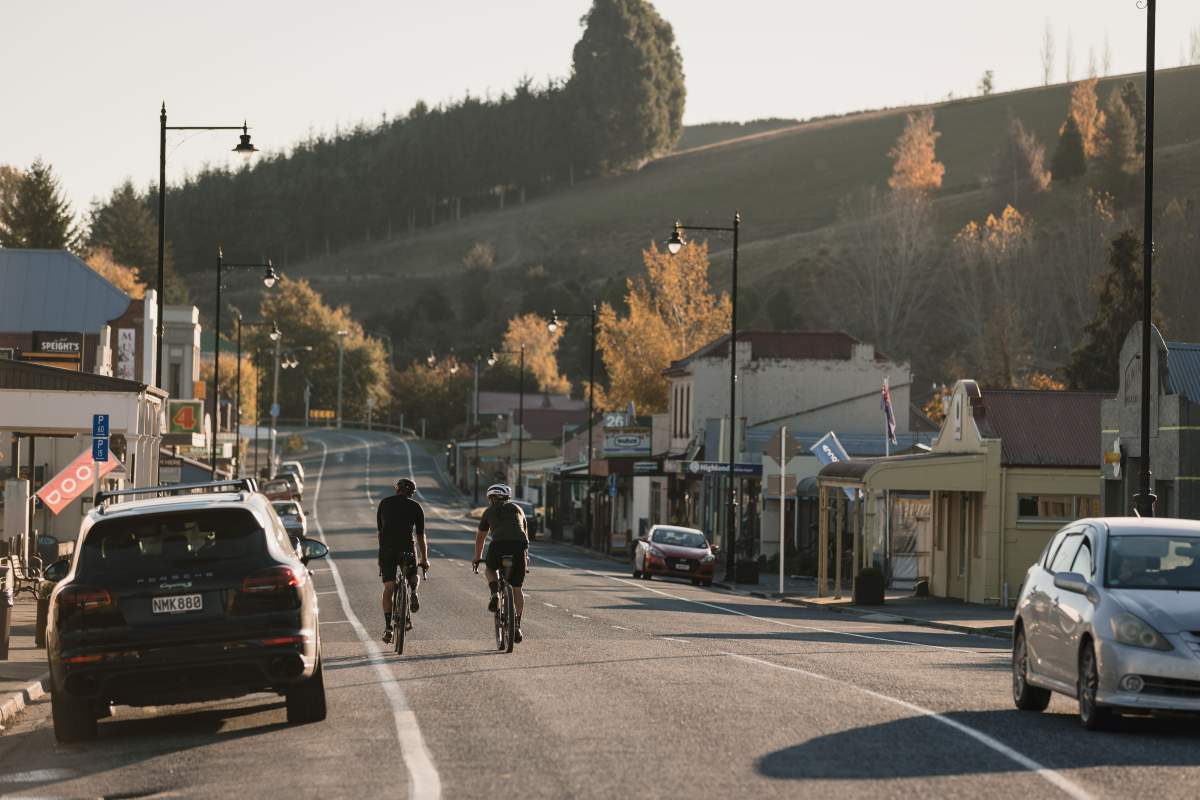
Trail Towns - like Lawrence on the Clutha Gold Trail - are geared up to service cyclists.
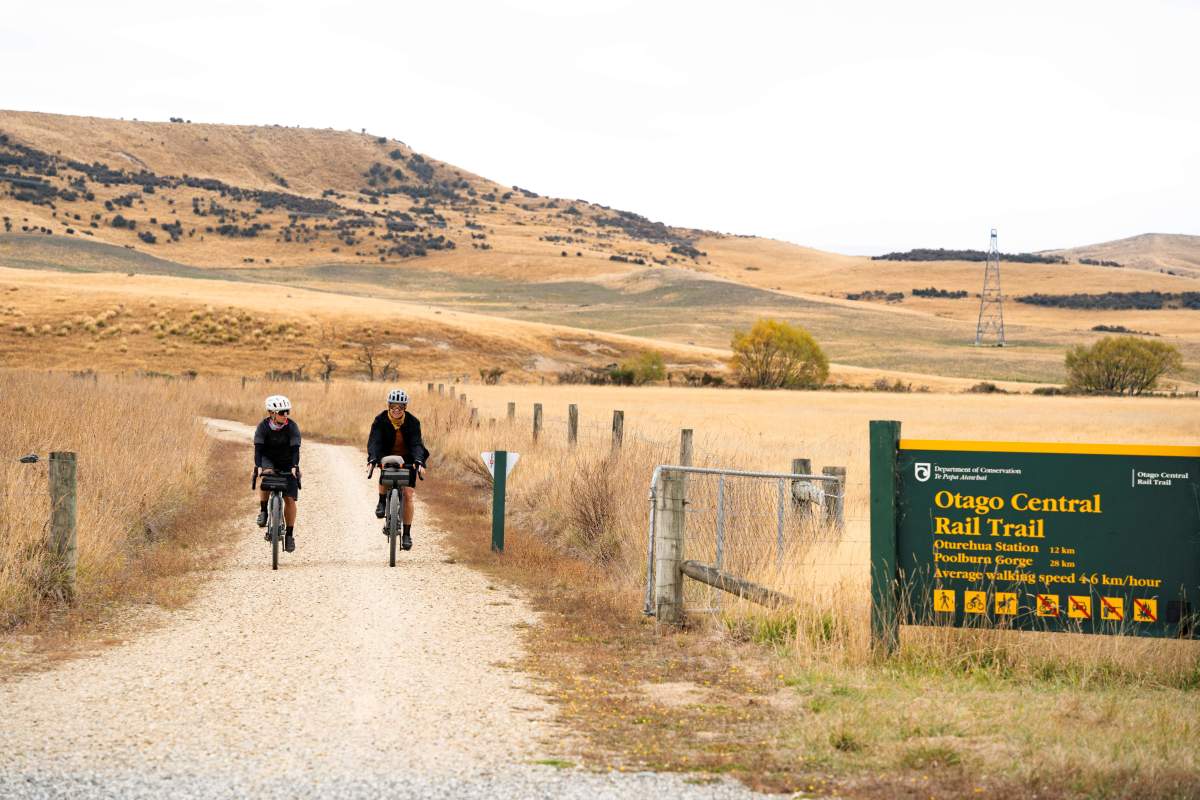
Otago's network of Great Rides provides excellent infrastructure and connect to miles of backcountry roads.
But, it’s the thousands of kilometres of gravel roads which crisscross the Otago landscape that are the main drawcard for gravel bikers. These roads provide countless opportunities for gravel biking, from day trips to overnight credit card rides or multi-day bikepacking adventures. Dozens of gravel routes are well documented, and rides are easily accessible from hubs across the region such as Alexandra, Cromwell, Lawrence, Dunedin and Queenstown. These hubs have evolved to service the Great Rides with bike shops, shuttles and bike transport, hospitality and bike-friendly accommodation and offering an established infrastructure which can be utlilised by gravel bikers too.
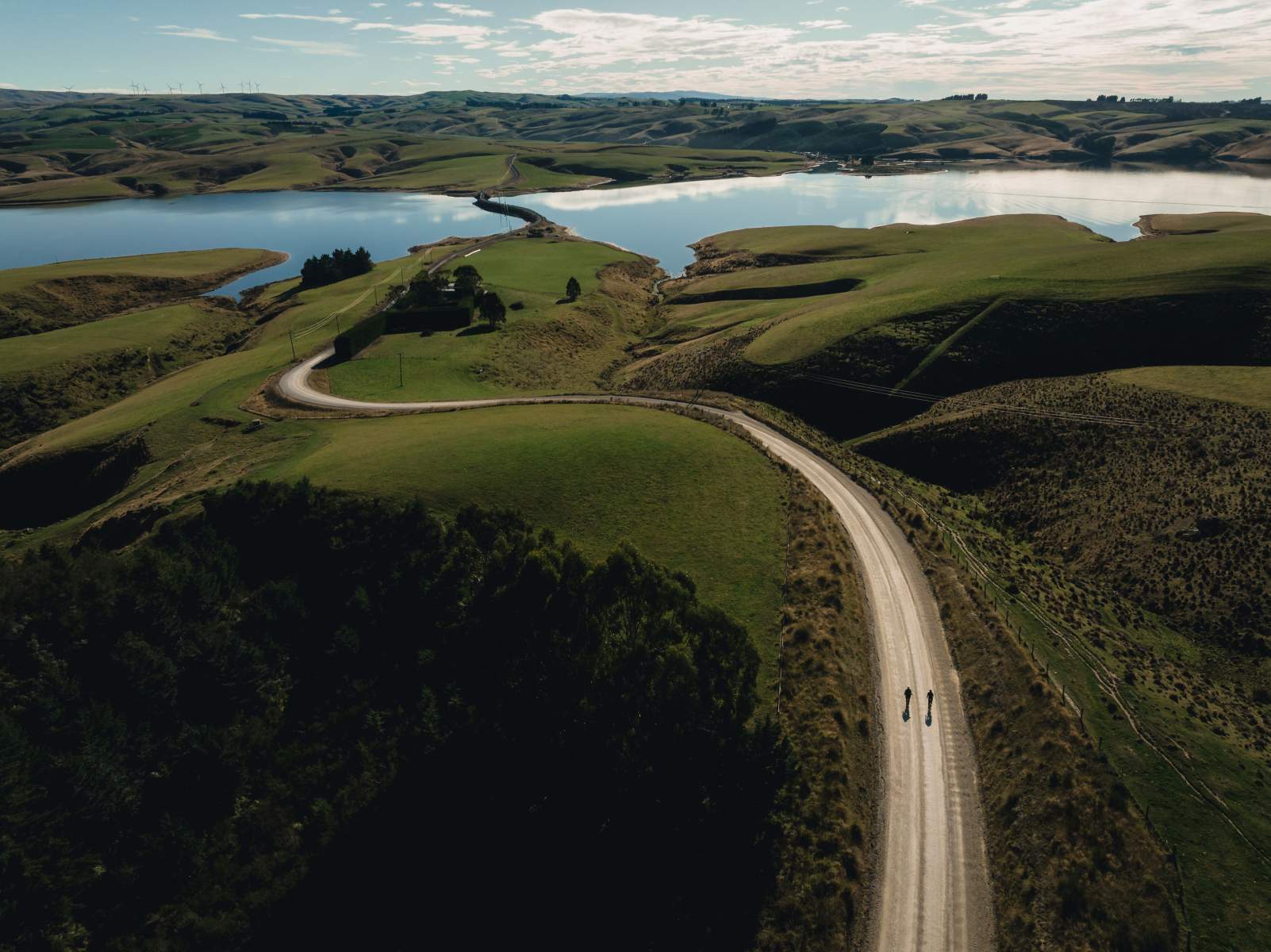
Diverse Otago landscapes on epic gravel roads - Lake Mahinerangi, 35km west of Dunedin.
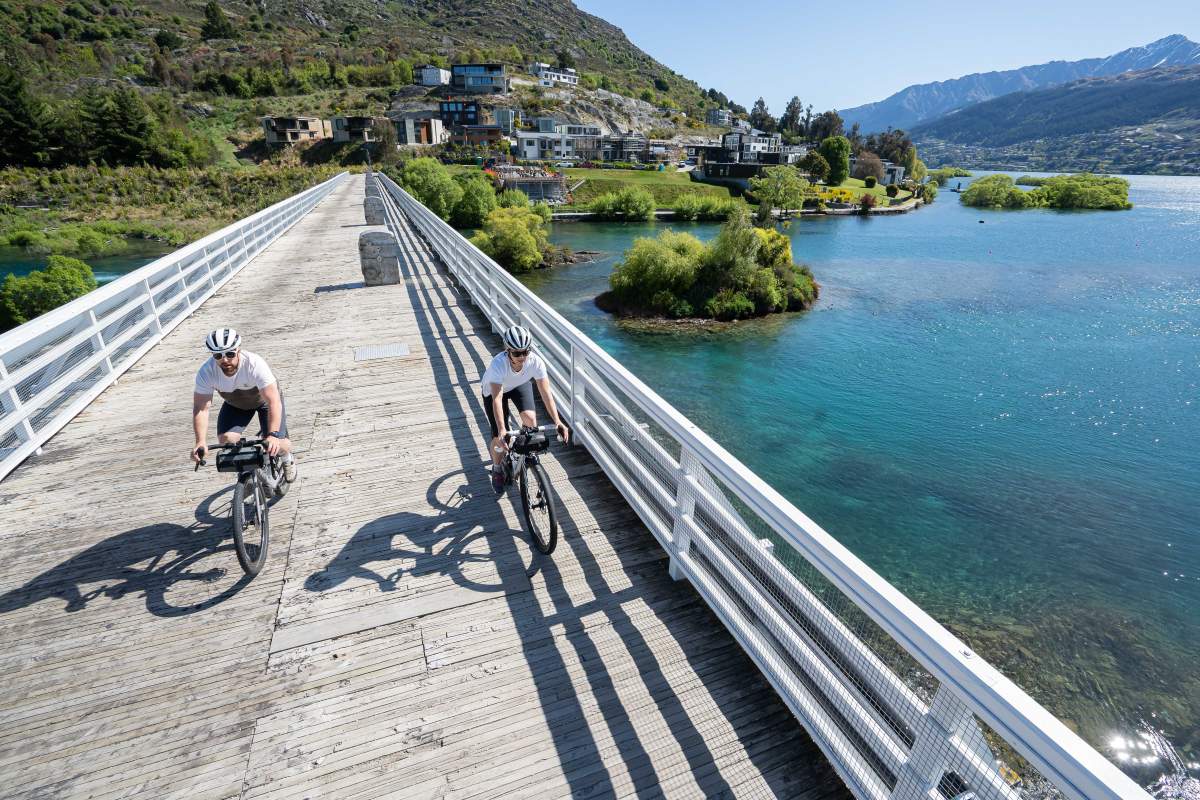
Gravel bikes are equally at home in more urban environments - Kawarau River, Queenstown
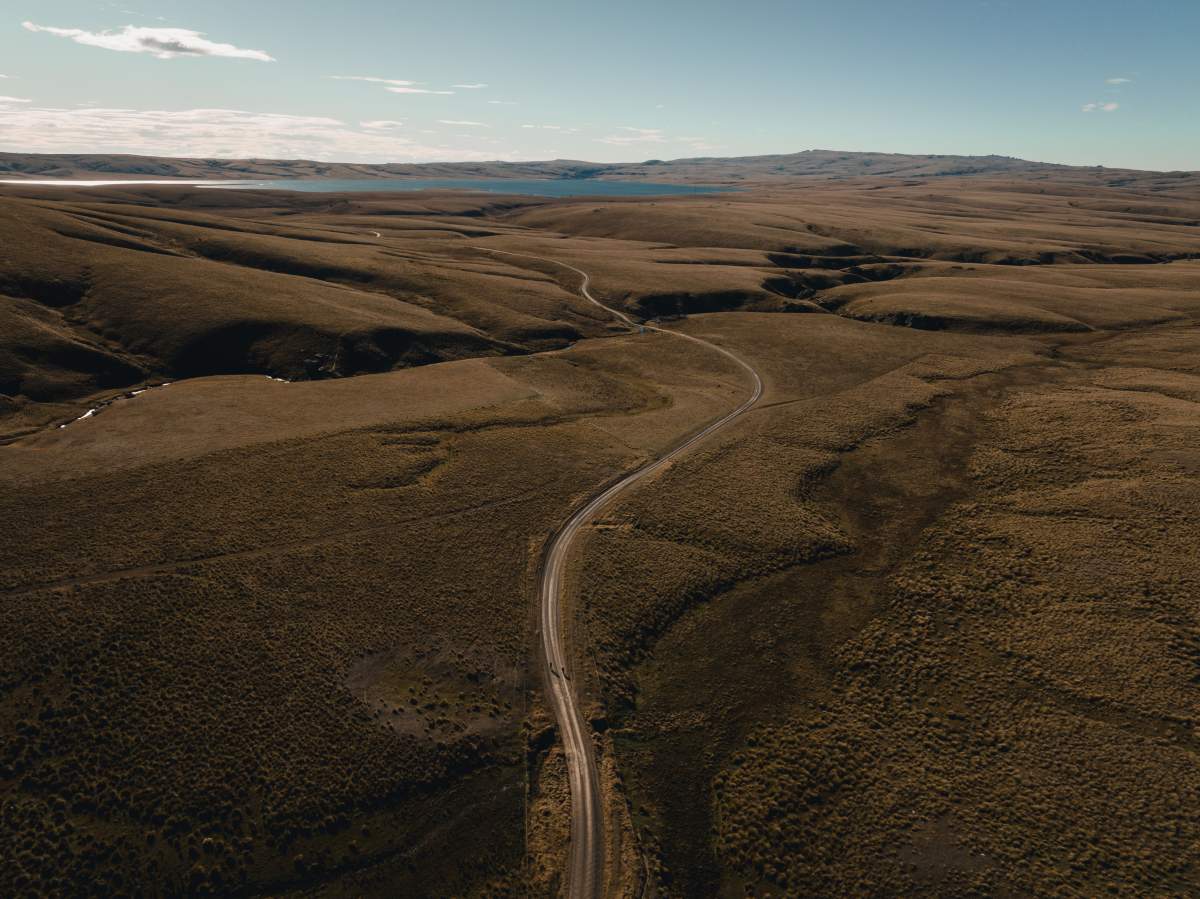
Gravel roads as far as the eye can see through iconic Central Otago landscapes.

Watch this space for more gravel ride guides...
Keep an eye on Trail Hub over the coming months for more gravel biking itineraries which hook into the Great Ride network, but in the meantime here’s a few we prepared earlier:
- Otago Trippin - an epic 5-day circuit through Central Otago
- Exploring Naseby’s Back Roads - day ride options off the Rail Trail
- The Cairnmuir Circuit - a 70km through the Hawksburn Road and Lake Dunstan Trail
- Backcountry for Beginners - exploring the Oteake Conservation Area
- Southern Escapade - Waitaki to Otago (NZ Cycling Journal)
- Glenorchy Gravel Grind - non-profit fundraiser for the Glenorchy Trails Trust (NZ Cycling Journal)
- Reclaiming Wild - two intrepid ladies celebrate their 50th birthdays on a multi-day mission.
- Hawksburn - Thomsons Gorge Double - 210km - 3,800m elevation gain - 12 hours - 0 instances of death by pigs
- Nevis Valley - Heartland Ride - the newly announced route is a challenging 77km gravel ride
Planning a gravel bike ride
One of the joys of a gravel bash is exploring and finding new roads or routes. There’s a degree of romanticism and nostalgia associated with poring over a paper map, but modern mapping tools such as Google Maps and Google Earth have made trip planning and navigation so much easier than the days of a map and compass. Smart phone apps like Trail Forks or Ride with GPS are also loaded with routes and ride guides. In Otago, the NZ Topo Maps are an essential trip planning resource and are available online or as an app (NZ Topo50) which works offline and includes GPS tracking – very useful for the geographically-challenged amongst us!
However, remember that no mapping resource is ever 100% accurate. Nothing, not even paper maps are entirely up to date with current road conditions. And a word to the wise; bear in mind that what might look like an insignificant feature when route planning at home can invariably be very different in reality – hills can be steeper and trail conditions can vary based on weather and season potentially adding significant time and effort to your ride.
With Otago being a largely rural area, crossing private land or using private farm roads is also a consideration and it’s important not to trespass. Public access across farmland is often seasonal with some tracks closed during lambing or in winter. Often roads or tracks marked on a map may turn out to be private, so have a plan B or seek landowner permission in advance. Always leave farm gates as you found them.
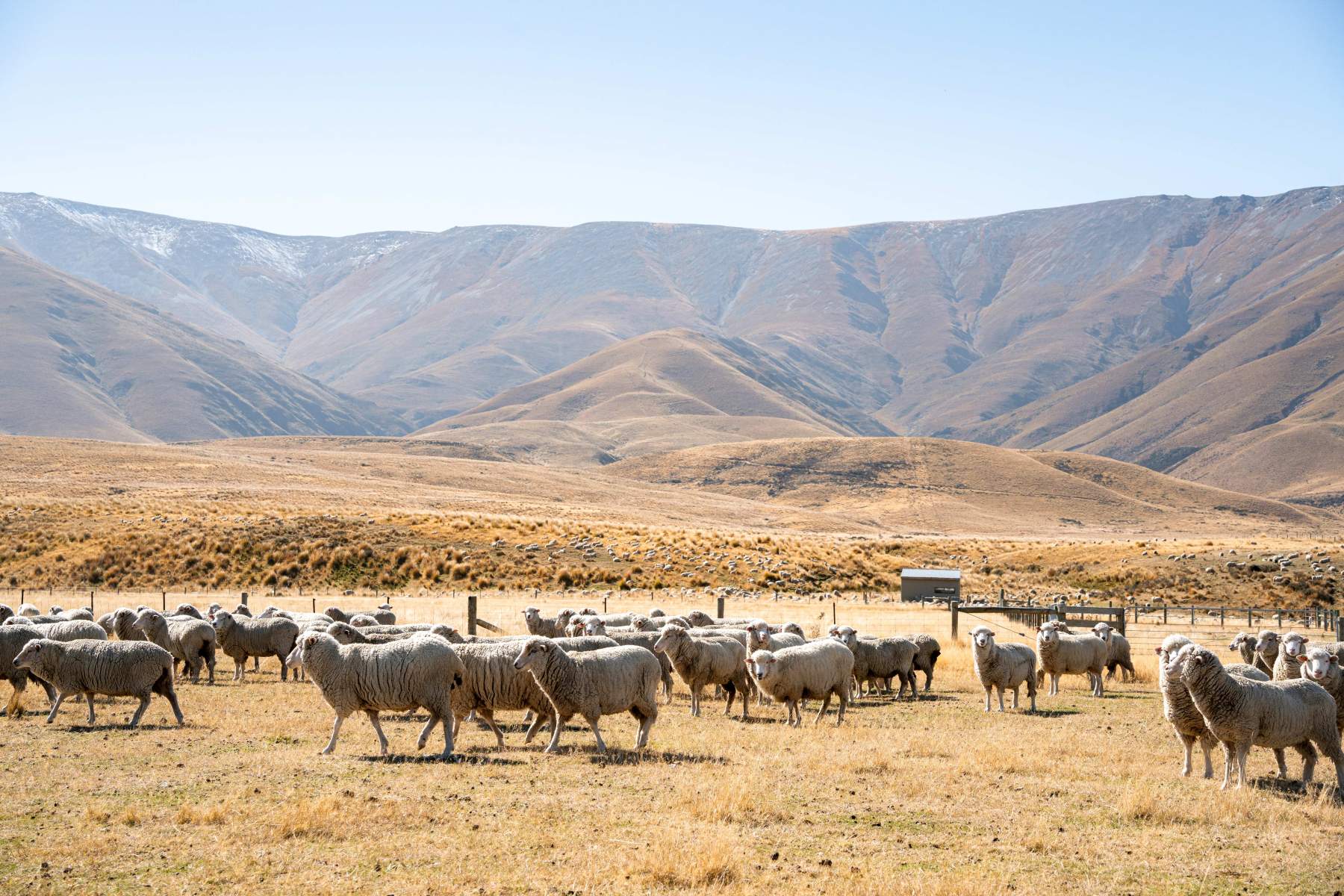
Always respect private property, and close gates for obvious reasons!
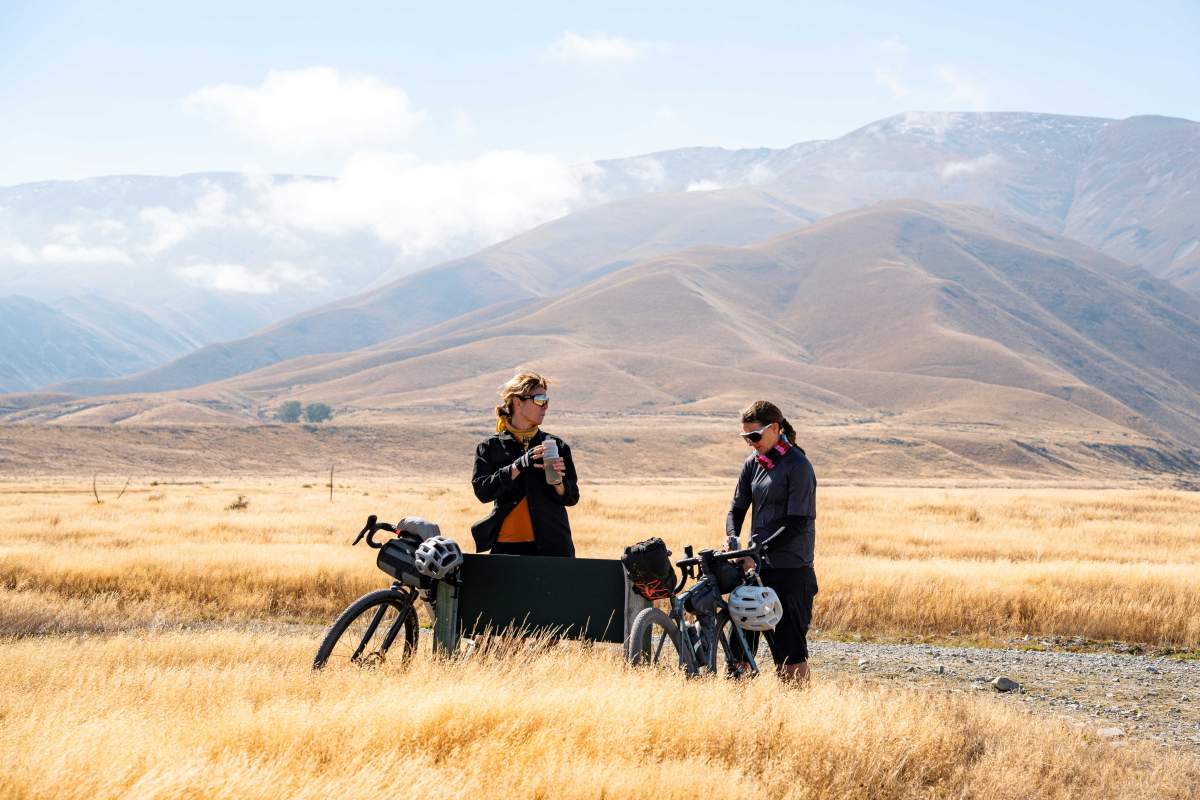
Route planning is an artform, but helped with modern mapping and GPS technology.
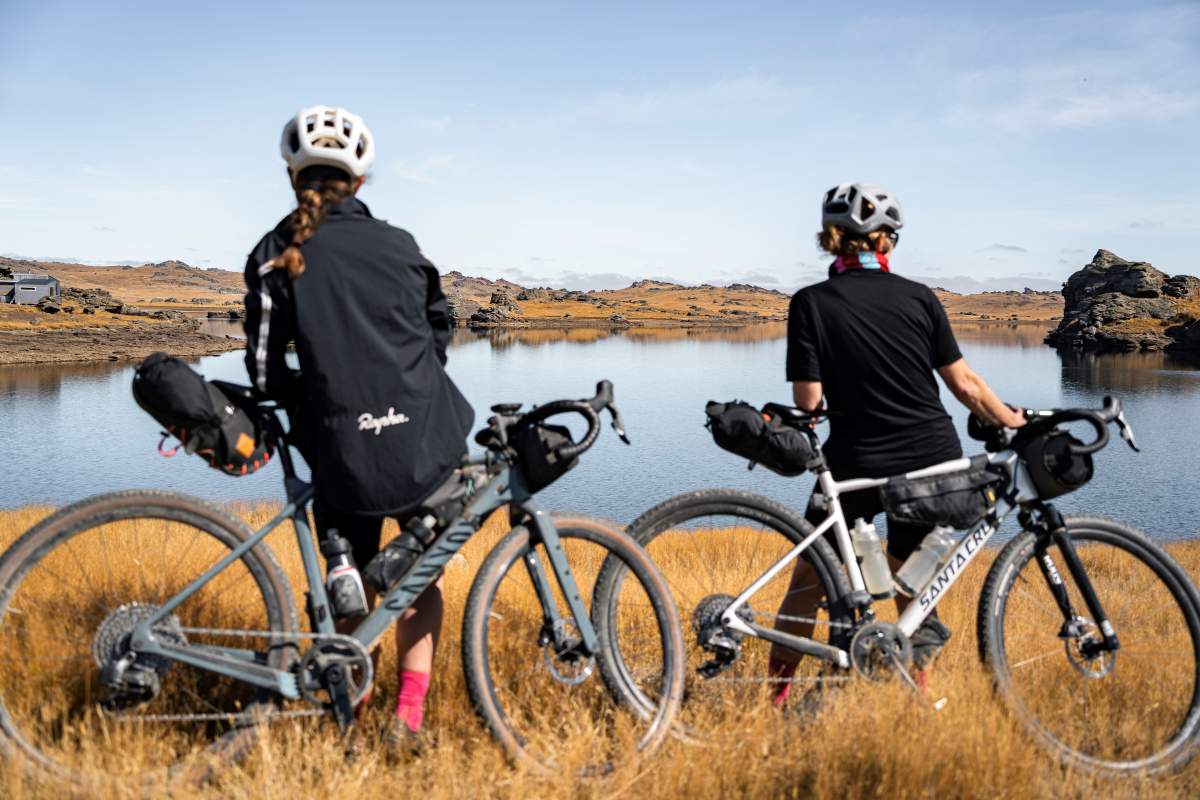
Gravel biking opens up the opportunity to explore dramatic Central Otago landscapes.
Be safe out there...
Before embarking on your first major gravel adventure, take some time to practice riding a gravel bike on different surfaces as they do handle differently to other styles of bicycle. Always be prepared and follow the Land Safety Code, respect landowners' property, and whilst backcountry roads are quieter than main highways, always expect and look out for traffic, keep left at all times and always wear a helmet.
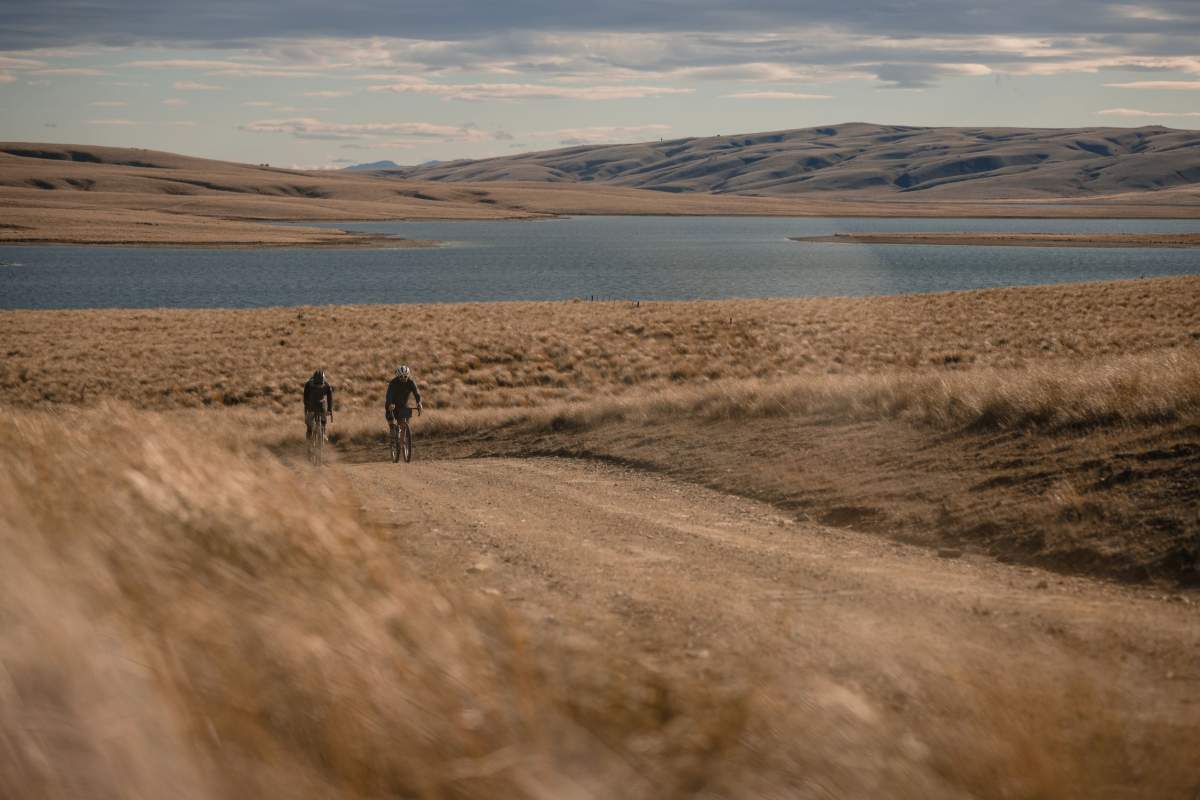
It's easy to see why the popularity of gravel biking has surged - not just in Otago, but globally.
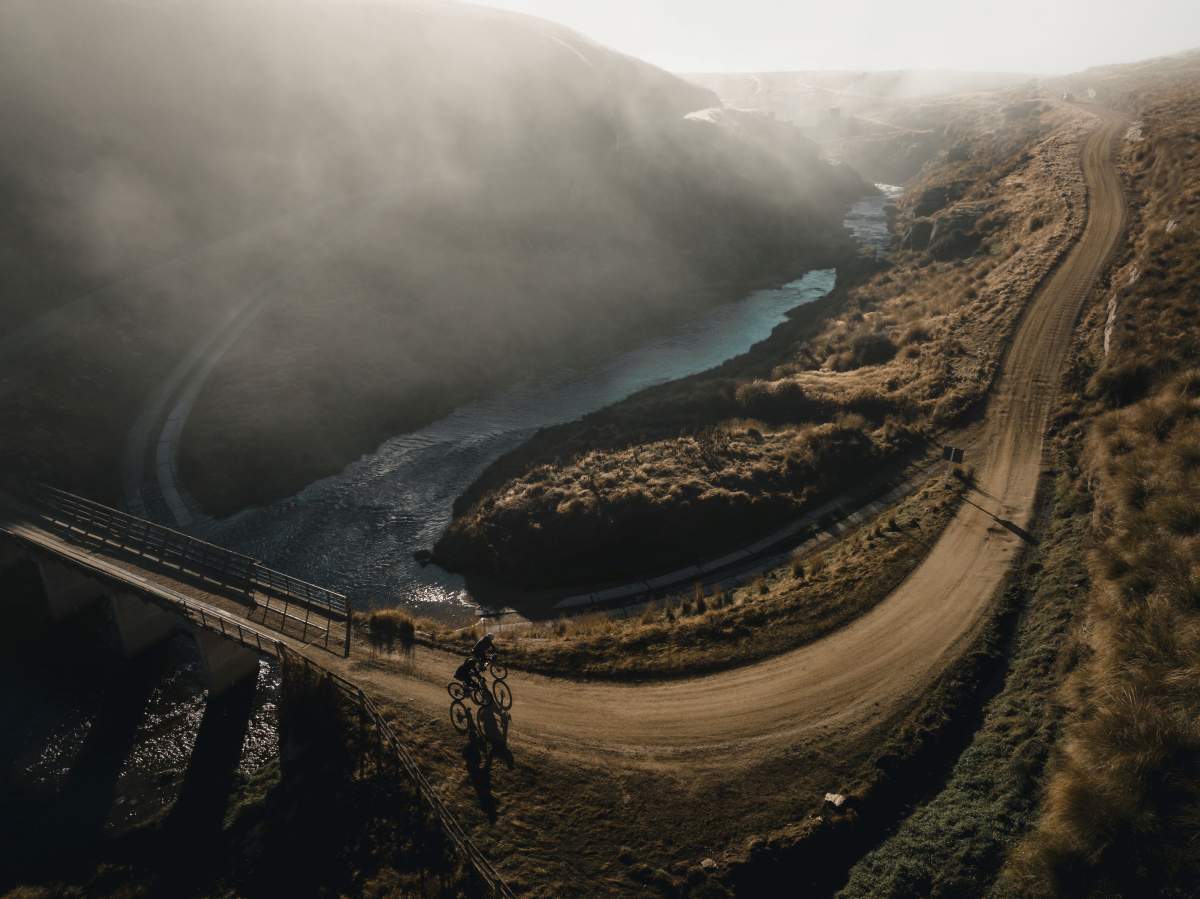
Gravel biking is now the fastest growing discipline in world cycling.
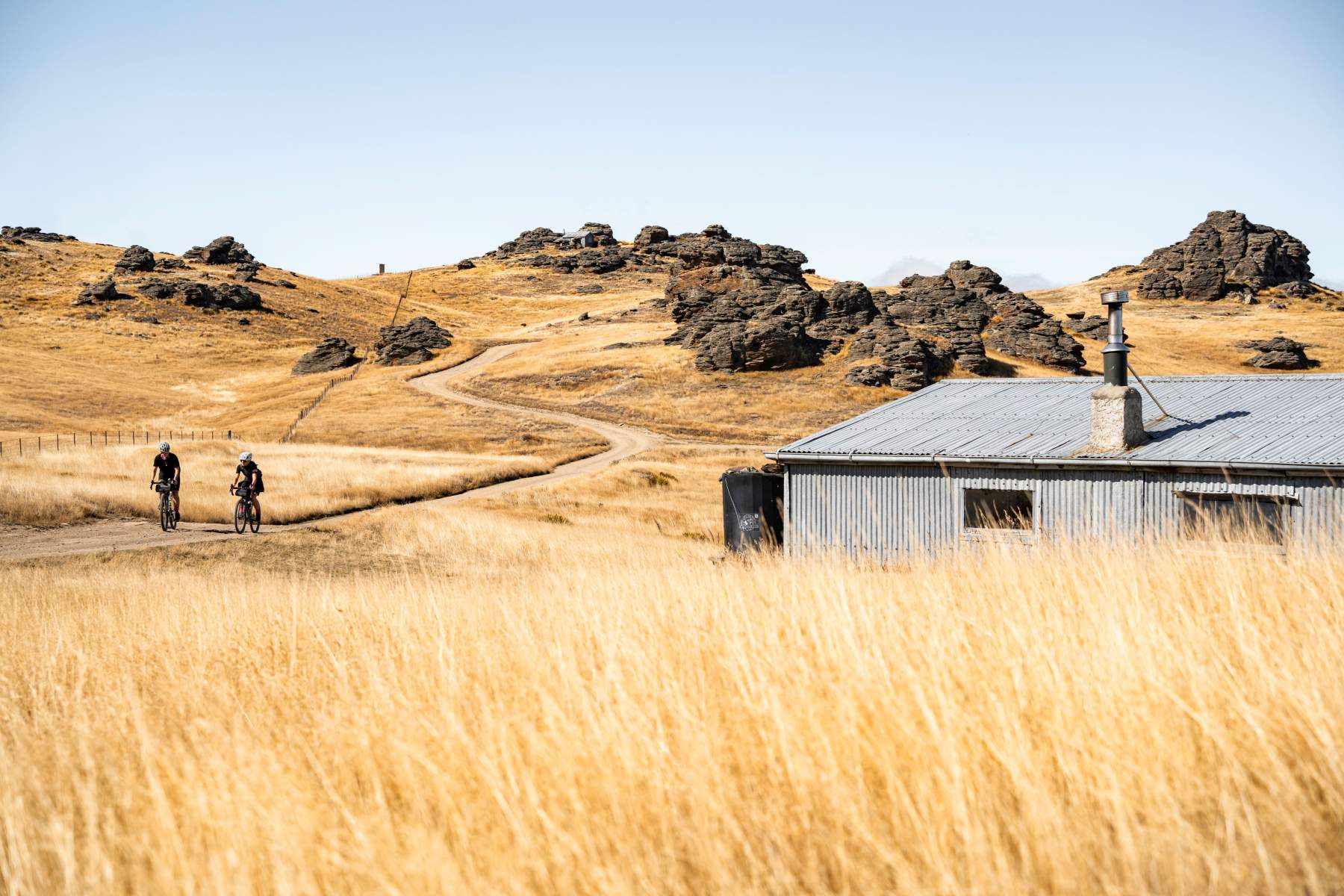
The only thing left to be said is, "where to next"?!....

Related Stories
-

Otago Central Rail Trail Pub Guide
A guide to the pubs along the Otago Central Rail Trail
Read more about Otago Central Rail Trail Pub Guide -

Best Bakeries in Otago
From cinnamon scrolls to cheese rolls - a guide to the best trailside bakeries in Otago.
Read more about Best Bakeries in Otago -

25 Years On Track
The old and the new - celebrating 25 years of the Otago Central Rail Trail
Read more about 25 Years On Track -

Neat Trail Places
An insider's guide to the neatest places along Central Otago's bike trails.
Read more about Neat Trail Places -

Reclaiming Wild
Two gutsy girls on an epic bikepacking mission to celebrate their 50th birthdays.
Read more about Reclaiming Wild -

-

In Pictures - The Shotover Gorge Trail
Images of the new Kimi-ākau | Shotover Gorge Trail in Queenstown
Read more about In Pictures - The Shotover Gorge Trail -

RIDE! Don't Drive
6 Reasons why riding a bike is the best way to explore Otago, New Zealand.
Read more about RIDE! Don't Drive

